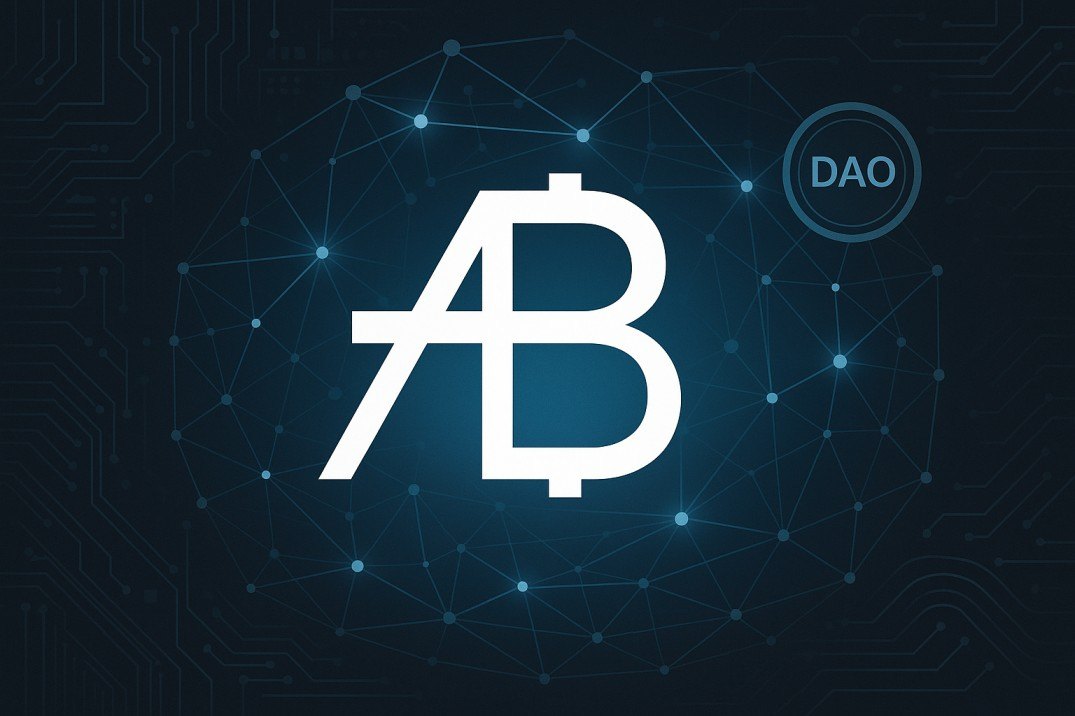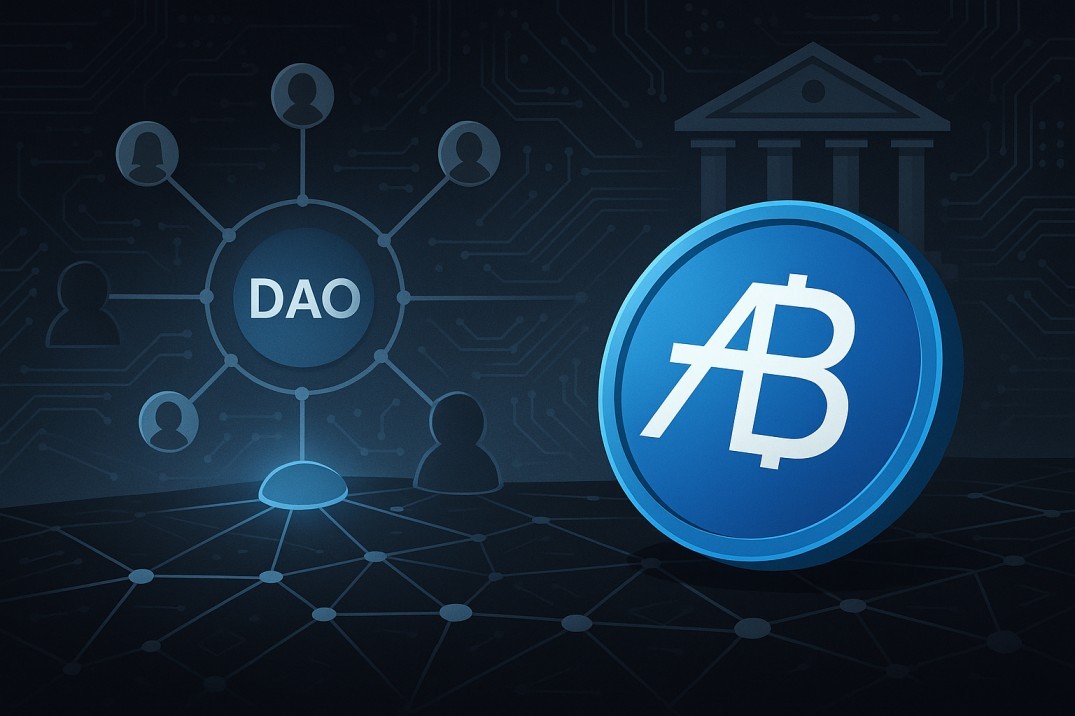TLDR (Quick Summary)
- AB is blockchain infrastructure tech built for scalability, interoperability, and compliance.
- AB token is a pure utility token used only for gas fees, smart contracts, and network access.
- Architecture: Mainnet + sidechains + interoperability via third-party bridges.
- Tokenomics: 100B supply; most reserved for infrastructure, not speculation.
- Risks: Technical bugs, regulation changes, market uncertainty, operational dependencies.
- Compliance-first approach: Focused on legality, transparency, and neutrality.
- Roadmap: Stability, compliance, technical standards, and regulatory alignment.
- Bottom line: AB aims to be a neutral blockchain backbone, not a speculative asset.
Blockchain networks have gone through rapid evolution, with different projects experimenting on how to balance scalability, interoperability, and compliance. In this space, AB introduces itself as a blockchain infrastructure project built with a clear purpose: providing a neutral, high-performance environment that developers and technical users can rely on.
Unlike projects that frame themselves around financial products or speculative promises, AB has taken a different path. Its AB token is not an investment vehicle or a governance tool. It's simply the gas token that powers the network - used to process transactions, execute smart contracts, and maintain access to technical operations.
This makes AB unique because it positions itself as an infrastructure-first blockchain with strict compliance and technology neutrality. Let's take a deeper look at how AB works, what the AB token does, and what risks and opportunities exist around it.
Project Overview

AB describes itself as blockchain infrastructure technology provided as a utility tool. The team behind AB has repeatedly stressed that it does not issue investment advice, promote speculation, or make promises of financial return. Instead, the focus is on scalability, interoperability, and building an environment that developers can use as a base layer.
The AB token is at the center of this framework, but in a narrow sense. It is designed only as a network utility token. That means:
- It pays for transaction fees.
- It covers the cost of executing smart contracts.
- It allows access to AB network infrastructure.
Importantly, AB tokens do not carry voting rights, governance powers, ownership stakes, or revenue-sharing features. They exist purely to support technical operations.
The Technical Vision
AB's vision is clear: build a neutral, high-performance blockchain protocol that does not lock itself into specific financial products or speculative use cases. Instead, it acts as a backbone.
Key components of the technical vision include:
- Transaction Processing: A mainnet optimized for speed, scalability, and security.
- Developer Tools: Enabling decentralized application (dApp) builders to use a reliable infrastructure layer.
- Cross-Chain Bridges: Connectivity between ecosystems, powered by third-party operators.
- Neutral Design: Not promoting specific applications or investments, keeping AB as infrastructure-first.
This neutrality is what differentiates AB from many blockchains that market themselves around hype-driven ecosystems.
AB Token: A Pure Utility Token

The AB token has been explicitly positioned as a utility token under regulatory frameworks. It has no investment features, does not constitute a financial instrument, and is not designed to appreciate in value.
Core Functions of AB Token:
1. Transaction Fees - AB is the gas token of the network, required for all transactions.
2. Smart Contract Execution - Developers must use AB to pay computational costs for deploying and executing contracts.
3. Network Access - Technical operations on the network require AB for authentication and access.
The project has gone out of its way to emphasize what AB tokens do not represent:
- No voting rights
- No profit distribution
- No equity ownership
- No guarantee of value increase
This framing protects the AB Foundation from regulatory conflicts and positions the token as a strictly technical resource.
Technical Architecture of AB
AB's architecture focuses on scalability, security, and interoperability.
1. AB Mainnet
The AB mainnet is the backbone of the ecosystem. It supports fast transactions with low latency and high throughput. The mainnet is optimized for developers to deploy smart contracts and run applications without worrying about performance bottlenecks.
2. Sidechains for Performance
AB also integrates technical sidechains, which improve performance by separating workloads.
- Increased transaction capacity
- Specialized computational environments
- Testing environments for developers
- Enhanced network optimization
- Sidechains make AB adaptable without clogging the mainnet.
3. Blockchain Interoperability
A central feature is cross-chain connectivity. Instead of operating as a silo, AB can interact with multiple blockchain ecosystems. This is achieved through advanced interoperability protocols.
4. Third-Party Cross-Chain Services
AB emphasizes that external services like AB Connect are not controlled or endorsed by AB Foundation. They run independently and require separate licenses where necessary. This makes AB's role more like providing the road - others can build vehicles, but AB doesn't control how they drive.
Tokenomics of AB
Supply and Distribution
- Total Supply: 100 billion AB
- Burned: 1.18% (1.18 billion AB permanently removed)
- Community Distribution: 42.25% (42.25 billion AB already distributed)
- Infrastructure Reserve: 56.57% (56.57 billion AB allocated for network support)
Token Release for Infrastructure
From February 2025, tokens from the infrastructure reserve are released to support:
- Validator rewards
- Network maintenance
- Protocol upgrades
- Security audits
- Open-source development
- No Investment Features
The release schedule is not an investment program. It exists to keep the technical backbone sustainable. Users should not expect profit or appreciation guarantees.
How AB Works in Practice
When a user makes a transaction on the AB network, they pay a small amount of AB tokens as gas. Similarly, when developers deploy a smart contract, AB tokens cover the computational resources.
Validators - nodes that secure the network - receive these tokens as compensation for their work. This ensures that the network can function without relying on centralized funding or speculative token incentives. Interoperability bridges allow assets to move between AB and other chains, but again, these are operated independently.
In simple terms:
- Users pay AB tokens to use the network.
- Developers use AB tokens to build apps.
- Validators earn AB tokens for keeping the system running.
Challenges and Risks
AB is clear about risks, and the disclaimers are everywhere. Here are the main categories:
Technical Risks
- Vulnerabilities in blockchain code.
- Smart contract bugs that could cause token loss.
- Congestion leading to slow or failed transactions.
- Unexpected issues from upgrades.
Market Risks
- AB token may fluctuate in value or lose liquidity.
- No guarantee of demand for AB tokens.
- No guaranteed secondary market.
Regulatory Risks
- Laws are evolving and may affect usability.
- Certain jurisdictions may ban or restrict use.
- Compliance requirements can change quickly.
User Responsibilities
- Comply with local laws.
- Protect private keys and data.
- Understand technical risks before using AB.
Technical Development Roadmap
AB follows a conservative development path:
- Infrastructure Stability: Security upgrades, bug fixes, performance improvements.
- Compliance Implementation: Enhanced transparency, monitoring systems, legal documentation.
- Technical Standards: Code audits, developer toolkits, open-source contributions.
- Regulatory Alignment: Consultation with regulators, certification processes, compliance updates.
The roadmap highlights that AB is not chasing flashy features but instead focusing on building trust and longevity.
Final Thought
AB is not trying to be the next hype-driven crypto project. Instead, it quietly positions itself as a neutral infrastructure provider - a technical backbone that developers can rely on. Its strict stance on compliance and utility-only tokenomics set it apart in an industry where many projects blur the line between speculation and infrastructure.
The AB token has no governance powers or financial features, but that's intentional. By keeping it as a pure gas token, AB ensures regulatory clarity and avoids unnecessary risks. Challenges remain, from technical vulnerabilities to market uncertainty, but AB's cautious and compliance-focused strategy may help it stand the test of time.
Whether it becomes widely adopted will depend on developers and third parties building meaningful applications on top of it. But as a base layer, AB has carved out its role as a utility-first blockchain in a space full of speculation.











